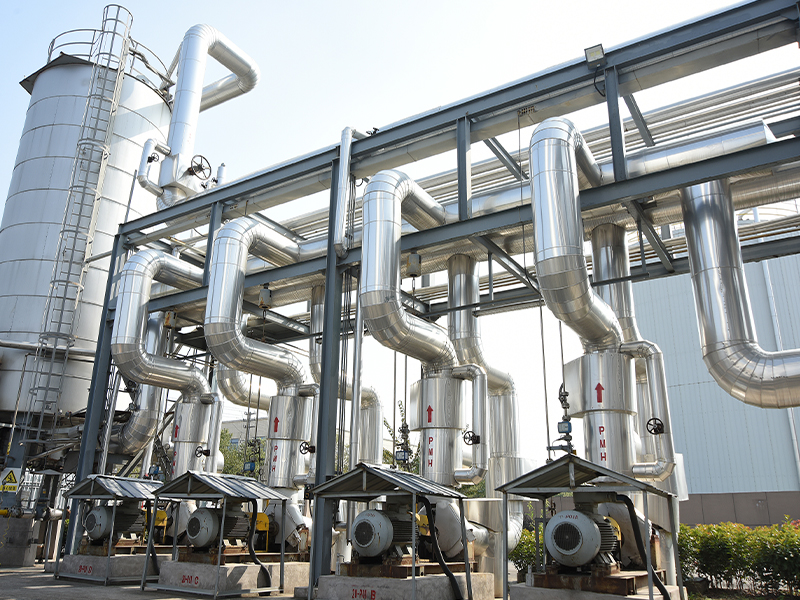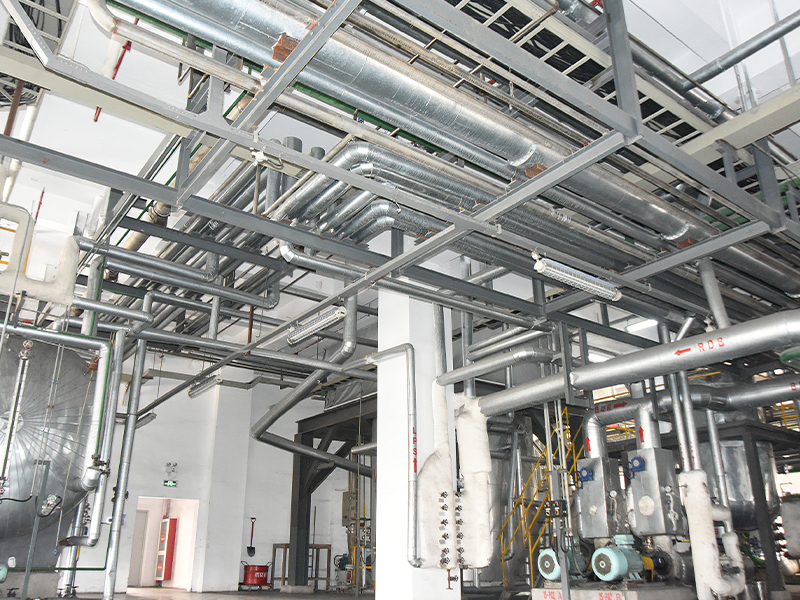Cleanroom air showers are enclosed, high-velocity air chambers installed at the entry points of cleanrooms, laboratories, or other contamination-sensitive environments. Their purpose is to remove particulate contaminants from personnel, carts, or equipment before they enter the cleanroom space, thereby maintaining strict air cleanliness standards. These self-contained systems function as a final buffer zone between the uncontrolled outside environment and the controlled cleanroom interior.

1. Purpose and Function
The main function of an air shower is to minimize particle transfer into cleanrooms. Even with proper gowning, personnel may carry dust, lint, skin flakes, or other microscopic particles on their garments. Air showers help dislodge and capture these contaminants through high-velocity air jets and multi-stage filtration.
2. Structural Components of a Cleanroom Air Shower
A standard air shower system includes the following parts:
Air Nozzles: Strategically placed on the walls and ceiling to direct high-speed air at the person or object being cleaned.
HEPA or ULPA Filters: These filters clean the recirculated air, removing 99.97% or more of particles ≥0.3 microns (HEPA) or ≥0.12 microns (ULPA).
Blowers/Fans: High-efficiency fans generate strong airflow, typically 20–30 m/s (4000–6000 fpm), powerful enough to remove loose particles.
Interlocking Doors: Prevent entry into the cleanroom unless the decontamination cycle is complete. The outer door locks automatically once someone enters the chamber.
Control System: Manages blower activation, cycle timing, door interlock logic, and emergency overrides.
Lighting and Indicator Panels: LED lighting ensures visibility, while display panels indicate operation status or error codes.
3. Step-by-Step Operation Process
Step 1: Entry
The person or object (e.g., cart) enters the air shower through the outer door.
The outer door locks automatically to prevent premature entry into the cleanroom.
Step 2: Air Shower Cycle Begins
Sensors detect motion or the closing of the door, triggering the decontamination cycle.
High-velocity air jets blow from multiple angles, creating turbulent airflow that lifts and removes loose particles from surfaces and clothing.
The typical air shower cycle lasts 15 to 30 seconds, depending on the preset duration.
Step 3: Particle Filtration and Recirculation
Dislodged particles are drawn into pre-filters and HEPA/ULPA filters, preventing them from entering the cleanroom.
The air is recirculated within the system, minimizing energy use and avoiding the need for external exhaust ventilation.
Step 4: Exit
Once the cycle completes, the inner door unlocks, allowing the user to enter the cleanroom.
The outer door remains locked during the exit to prevent air contamination from backflow.
4. Types of Cleanroom Air Showers
Single-Person Showers: Designed for individuals entering the cleanroom one at a time.
Tunnel Air Showers: Long corridors that allow multiple personnel or carts to pass through in sequence—ideal for high-traffic environments.
Cart or Material Showers: Larger units that decontaminate equipment, supplies, or material loads before cleanroom entry.
5. Key Benefits of Cleanroom Air Showers
Reduces Contamination Load: Removes up to 90% of surface particulates on garments or equipment.
Maintains Cleanroom Integrity: Prevents particles from compromising air quality inside controlled zones.
Energy-Efficient Operation: Recirculating design avoids wasteful exhaust while maintaining filtration performance.
Controlled Entry Protocol: Interlock system prevents cross-contamination and unauthorized access.
Improves Compliance: Supports adherence to ISO cleanroom standards (e.g., ISO 14644) and GMP guidelines.
6. Considerations for Effective Use
Proper Gowning Before Entry: Air showers are not a substitute for cleanroom suits—they are an additional step.
Routine Maintenance: Filters must be replaced periodically to ensure airflow and filtration remain effective.
Cycle Time Balance: Too short a cycle may not remove enough particles; too long can cause entry delays in busy operations.
Location Planning: Installed at critical entry points to isolate clean zones from unregulated areas.
Conclusion
Cleanroom air showers are a critical component in contamination control, acting as an active filtration barrier that removes particles before they can enter sensitive environments. By using high-velocity jets and HEPA/ULPA filtration in a sealed, interlocked enclosure, air showers protect cleanrooms from contamination brought in by personnel or materials. For industries that demand uncompromised cleanliness—such as pharmaceuticals, electronics, biotechnology, and aerospace—air showers are a standard part of cleanroom protocol.

 English
English русский
русский Español
Español





